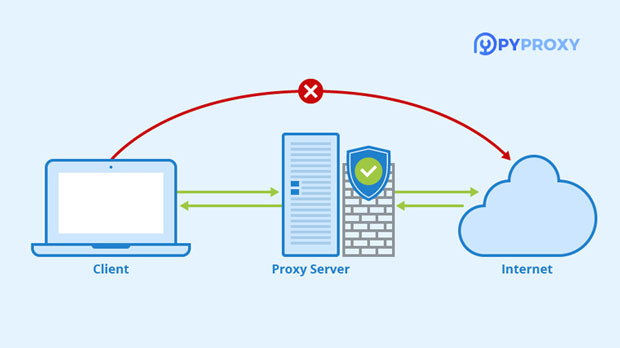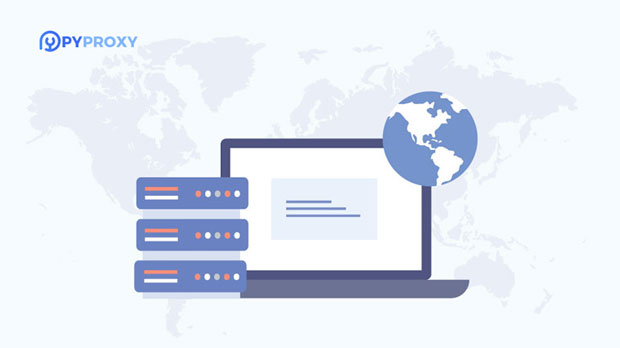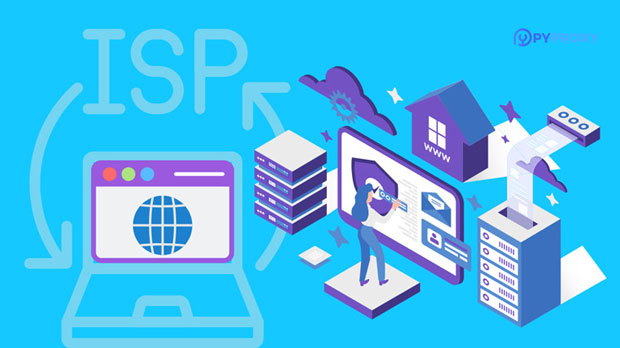When considering proxy services, one of the most important factors for users is speed. Free socks5 proxies often seem like an attractive option because they come at no cost, but how do they really stack up against paid proxies in terms of performance? The reality is that free proxies generally offer slower speeds, less reliability, and higher risk of data breaches compared to their paid counterparts. However, for users with limited budgets or less demanding needs, free proxies can still serve as a functional solution in certain contexts. In this article, we will delve deeper into the differences between free and paid Socks5 proxies, focusing on their speed, reliability, security, and overall usability. The Speed Factor: A Critical ComparisonSpeed is arguably the most crucial element to evaluate when choosing a proxy service. Proxies are primarily used to mask a user's real IP address, providing anonymity and access to geo-blocked content. The effectiveness of this service hinges largely on how fast data can be relayed between the user and the destination server. Whether using a proxy for browsing, streaming, gaming, or other online activities, speed can significantly affect the user experience.Free Socks5 proxies typically suffer from several inherent limitations that impact speed. These proxies are often hosted on shared servers, meaning that multiple users are utilizing the same IP addresses. As a result, during peak usage times, the available bandwidth is divided among numerous users, leading to slower speeds. Additionally, many free proxies lack the infrastructure and maintenance found in premium services, contributing to network congestion and unstable connections.On the other hand, paid Socks5 proxies offer far better speed and performance. Providers that charge for their services usually invest in high-quality servers, optimized network configurations, and more efficient routing protocols. As a result, users of paid proxies enjoy faster speeds, even during high traffic periods. The ability to access dedicated, non-shared IP addresses also helps avoid congestion, ensuring a more consistent and rapid connection.Reliability: The Long-Term ImpactIn terms of reliability, paid Socks5 proxies have a distinct advantage over their free counterparts. Free proxies are often unreliable due to several factors. First, free proxy servers tend to have low uptime, meaning that they frequently experience outages or maintenance downtimes. This can disrupt the user's experience, especially for tasks that require continuous connectivity, such as streaming or large file downloads.Additionally, free proxies are more likely to be blocked by websites or services due to their widespread use. Since many users utilize the same IP addresses, websites often blacklist these proxies, leading to connection failures. Users may find themselves repeatedly changing proxies to find one that works, which can be frustrating and time-consuming.Paid proxies, in contrast, are typically much more stable. They are hosted on high-performance servers with professional maintenance teams ensuring minimal downtime. Furthermore, premium providers usually offer a larger pool of IP addresses, significantly reducing the likelihood of being blocked by websites. This makes paid proxies a more reliable long-term solution, especially for users who depend on proxies for critical business operations or continuous streaming.Security: The Hidden Risk of Free ProxiesWhen it comes to security, the differences between free and paid Socks5 proxies become even more pronounced. Free proxies are notorious for posing security risks. Many free proxy services do not implement proper encryption protocols, leaving users vulnerable to data interception. Hackers can easily exploit these unsecured connections to steal sensitive information such as login credentials, personal data, or financial details. This makes free proxies particularly risky for users engaging in online banking, shopping, or other sensitive activities.Paid Socks5 proxies, however, prioritize security. They often come with robust encryption methods and secure tunneling protocols to ensure that user data is protected from interception. Many premium providers also offer features such as IP whitelisting, which adds an additional layer of security by allowing users to specify which IP addresses are permitted to access their proxy service. This makes paid proxies a much safer option for users who prioritize privacy and security.Cost vs. Value: Assessing the Trade-OffsWhile free Socks5 proxies may appear to be the obvious choice for users on a tight budget, they often fall short in terms of value when considering the broader picture. Free proxies may be suitable for casual browsing or testing purposes, but their limitations in speed, reliability, and security can make them less effective for more demanding tasks.Paid Socks5 proxies, on the other hand, provide greater overall value despite the cost. The speed, reliability, and security offered by paid services make them a far more efficient and dependable choice for regular users, businesses, or anyone who requires a stable and secure connection. The price of a premium proxy service is usually justified by the high-quality infrastructure, support, and additional features that come with it.For users who need a proxy service for critical tasks like data scraping, automated tasks, or accessing geo-blocked content without interruptions, the investment in a paid proxy is often well worth it. Many paid services also offer scalable pricing models, allowing users to choose plans based on their specific needs and budget, which can make it easier to balance cost and performance.Use Cases and ConsiderationsChoosing between free and paid Socks5 proxies largely depends on the intended use. Free proxies can work well for casual browsing, but they are ill-suited for activities that require fast, reliable, and secure connections. For instance, users who want to stream content, engage in online gaming, or conduct secure business transactions will find that the limitations of free proxies are a significant hindrance.On the other hand, paid Socks5 proxies are ideal for users with more demanding requirements. Businesses, marketers, or developers who need to access geo-restricted content, scrape data, or conduct bulk tasks will benefit from the speed, reliability, and security that paid proxies offer. Furthermore, users who require anonymity for privacy reasons should always opt for paid proxies, as free proxies expose them to significant security risks.Conclusion: Which Proxy Is Right for You?In conclusion, while free Socks5 proxies can be tempting due to their zero cost, they fall short in critical areas such as speed, reliability, security, and long-term usability. For users who require consistent and fast performance, paid proxies are the superior choice. They offer more stable connections, faster speeds, and stronger security, making them a better investment for those who rely on proxy services for work, streaming, gaming, or privacy.For casual users with minimal needs, free proxies may still be an option, but they should be aware of the risks and limitations involved. Ultimately, the decision between free and paid Socks5 proxies comes down to the user's specific needs and budget. However, for most serious users, the benefits of paid proxies far outweigh the savings of using free services.
Dec 24, 2024
![arrow]()



















































